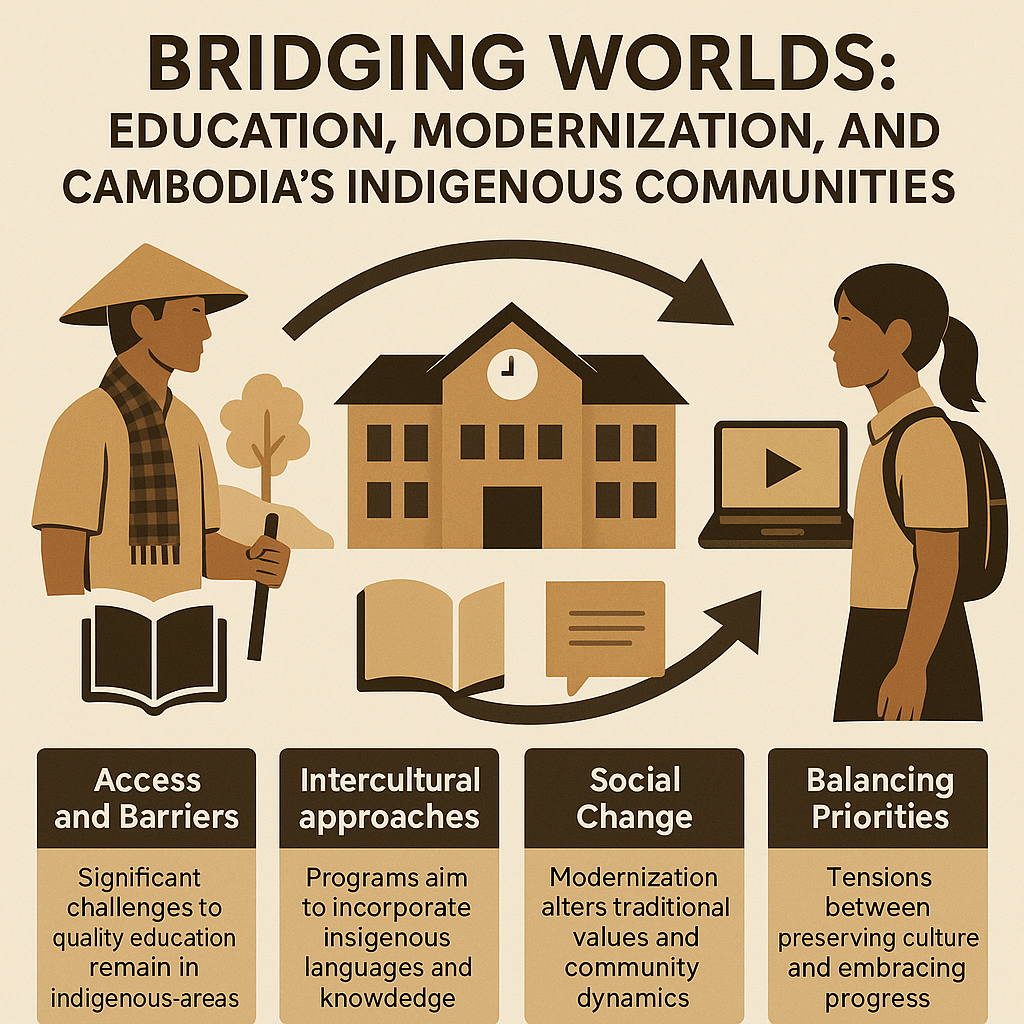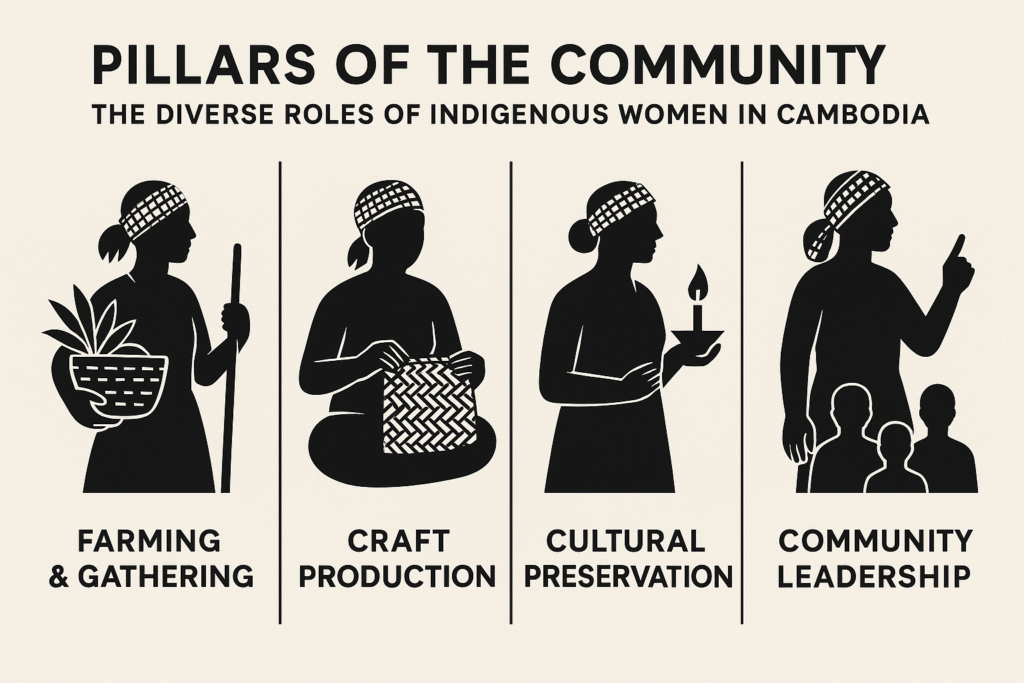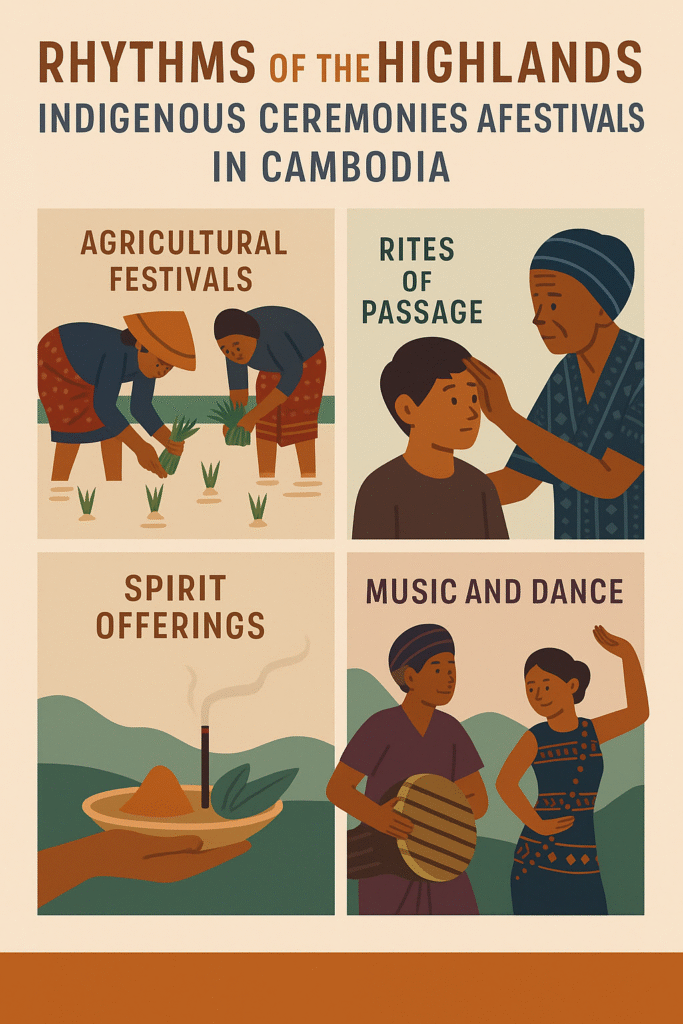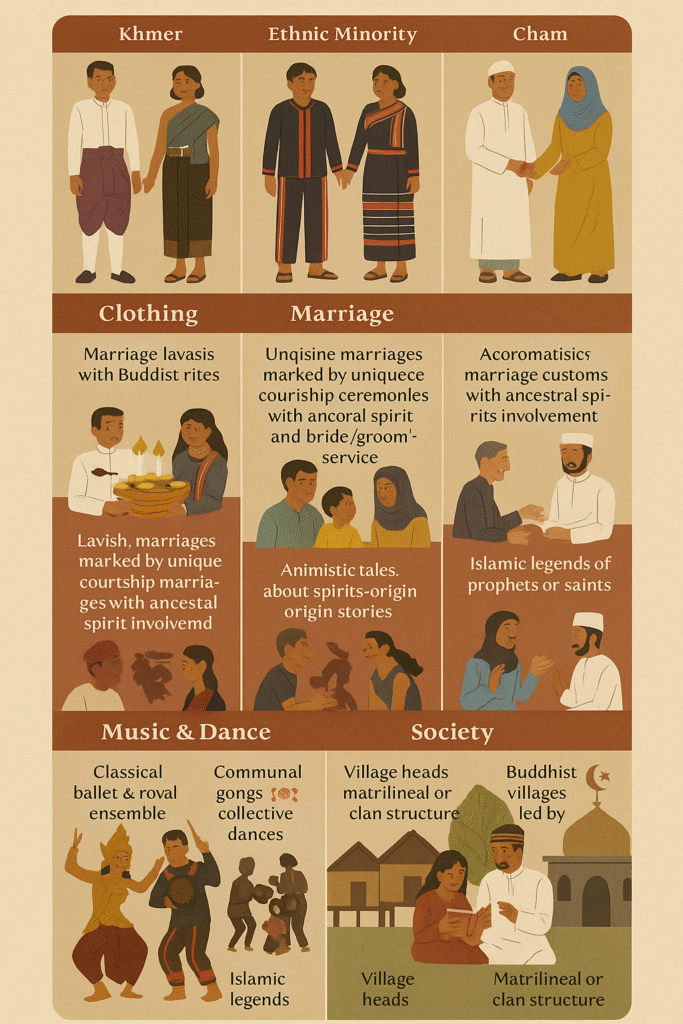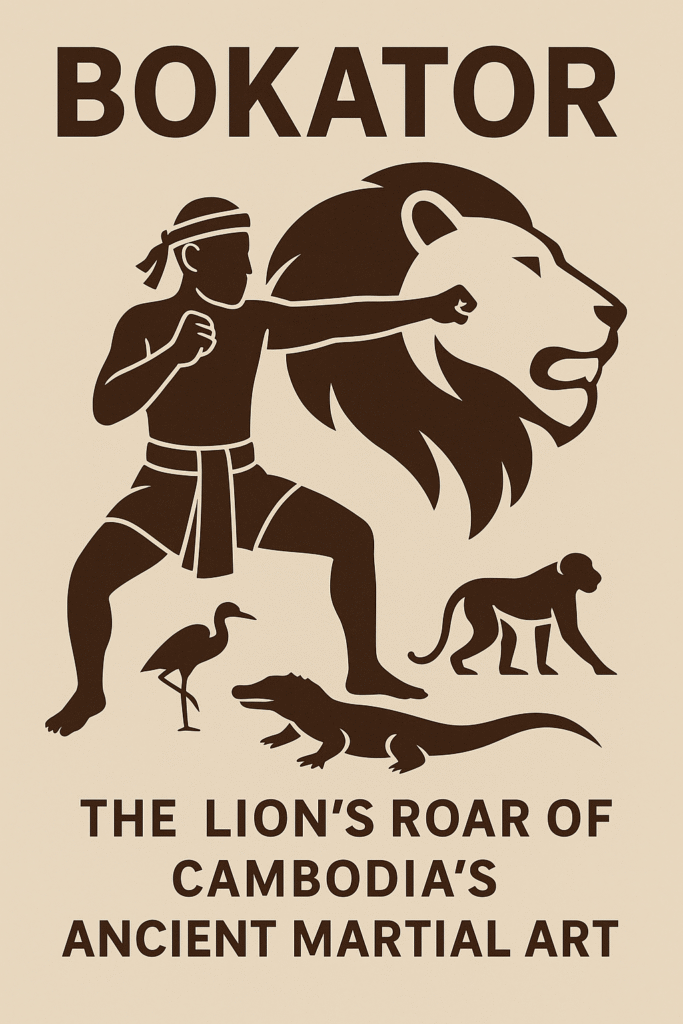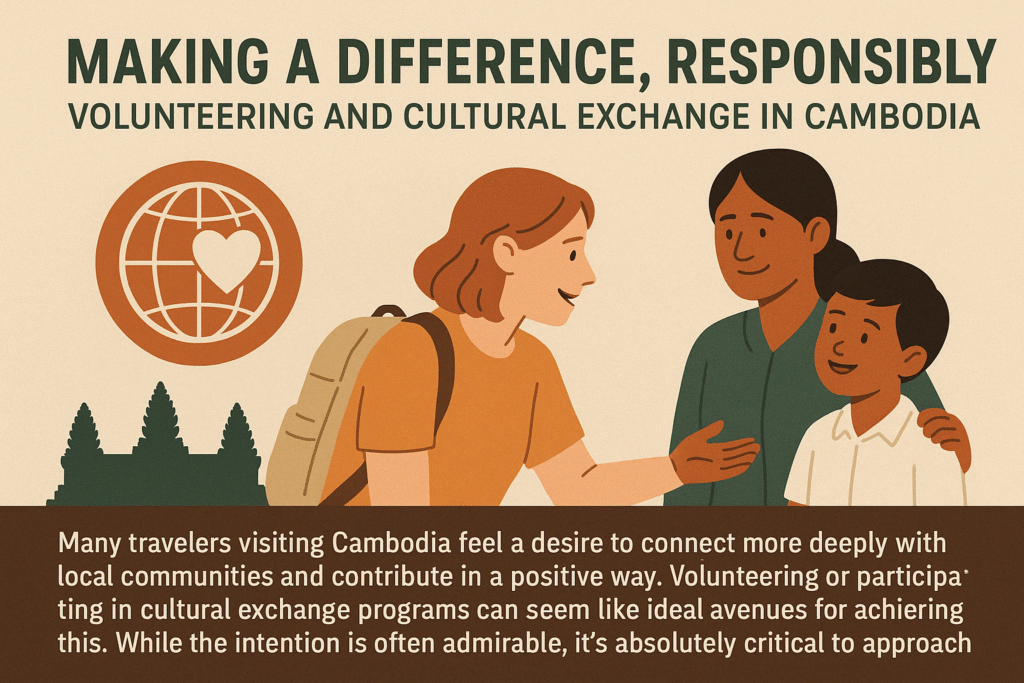April 5, 2025
Navigating Change: The Future of Cambodia’s Indigenous Cultures
The future of Cambodia’s diverse indigenous cultures rests at a critical juncture, shaped by the powerful crosscurrents of economic development, globalization, national policies, and the enduring resilience of the communities themselves. Having explored their unique traditions, deep connection to ancestral lands, and the challenges they face, the question remains: how can these distinct cultures survive and thrive in the 21st century? The path forward involves navigating complex balances, asserting rights, and adapting creatively to a rapidly changing world. The Central Dilemma: Cultural Preservation vs. Economic Development Perhaps the most fundamental challenge is balancing the desire for cultural preservation with the

